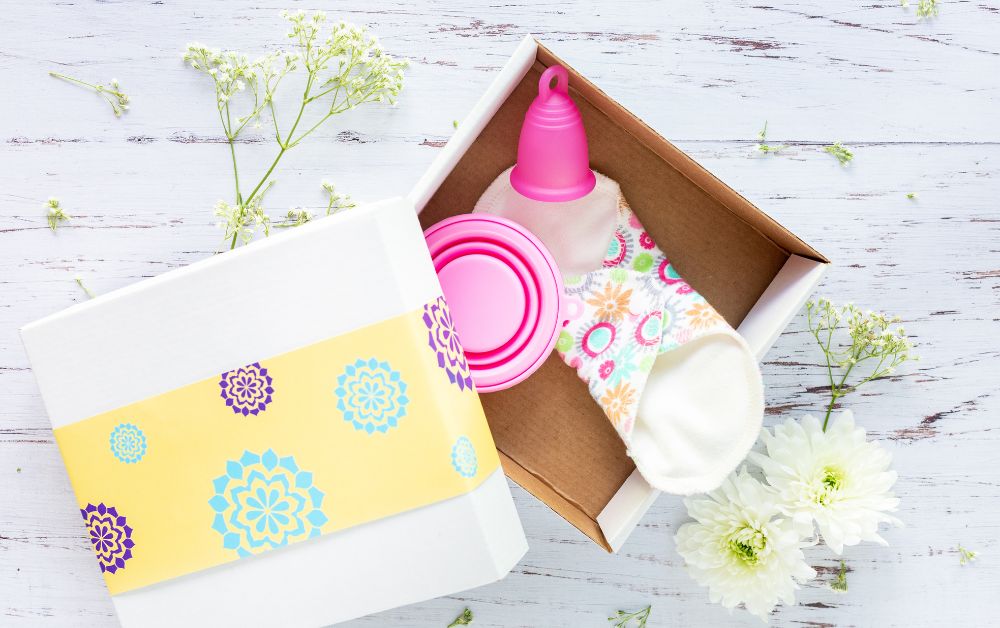There are many products on the market to help menstruating people with their periods, but not all of them are good for the environment or sustainable, and very often the transition from single-used to sustainable products can be a bit inconvenient.
In this article, we will explore what makes a good period product and why it’s important to choose sustainable ones.
What Is a Sustainable Product?
A sustainable product is one that can be used for a long time without being depleted or destroyed. These products can be reused, recycled or composted in order to reduce its impact on the environment.
It’s not only about how it’s made but also how it’s used. That’s why it is important to think about the entire life cycle of a product before you buy.
Why Sustainability Matters For Your Sanitary Needs?
There are benefits of using sustainable menstrual products – both for the environment and the menstruating person.
The average menstruating person will use between 5 and 15 thousand tampons and pads in their lifetime. These will end up in landfills or worse in our oceans, and will take up to 800 years to break down.
Switching to eco-friendly can also be a lot easier on your bank account. One menstrual cup that lasts years can cost $20 whereas a box of 36 disposable tampons for a month costs $7.
And if the previous two reasons where not enough, researchers have found endocrine-disrupting chemicals like phthalates, bisphenols, and parabens in feminine hygiene products sold in the United States. These endocrine disruptors can affect your hormones and may lead to cancerous tumours or fetal development issues.
What are the Benefits of Using Sustainable Menstrual Products
We have mentioned some of the benefits before, but the menstrual cups are not the only option. There are many other sustainable menstrual products that can be used, each with their own set of benefits.
Some of these products include:
1. Menstrual cups:
Menstrual cups are leak-proof and reusable. They can also be used for up to 12 hours before being emptied or changed.
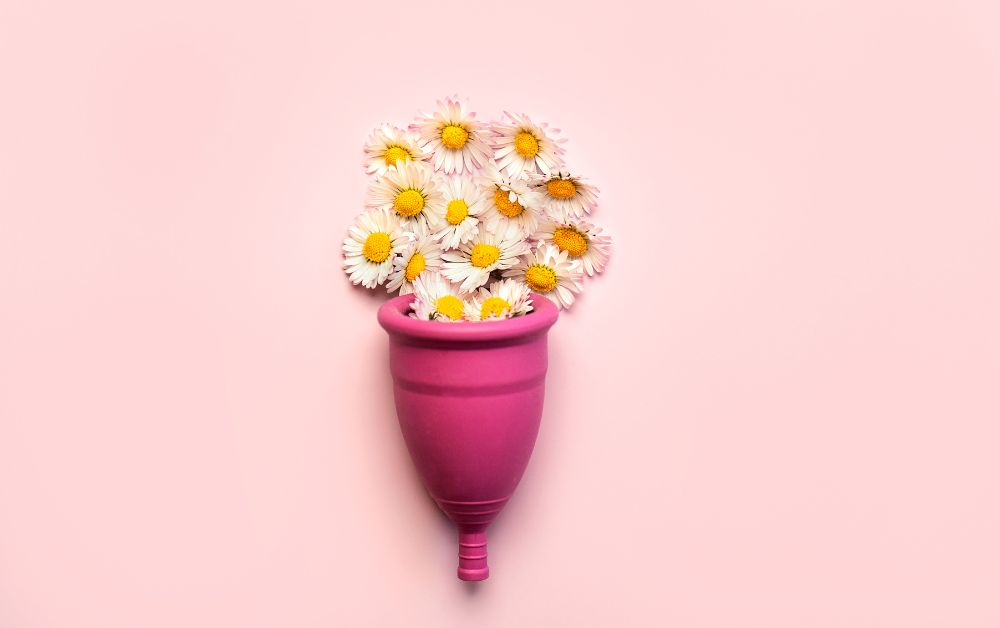
2. Menstrual disc:
Menstrual disc are soft, flexible, and flat disc made from medical grade silicone that is worn inside the vagina during menstruation. They are suction free and can also be worn to ensure mess-free period sex.
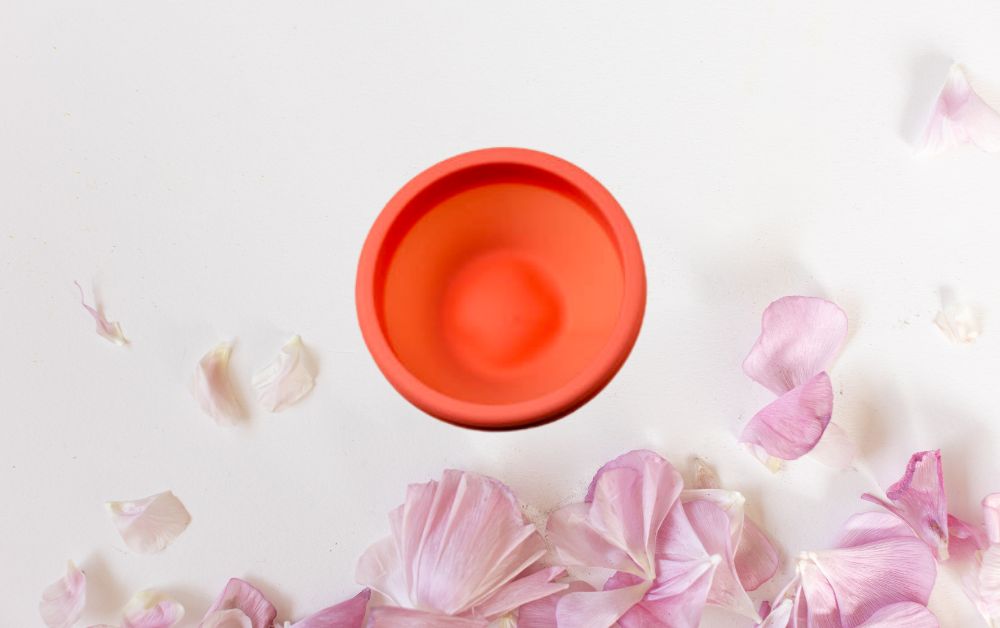
3. Period underwear:
Period underwear is a new product that is designed to absorb fluid and keep it away from the skin.
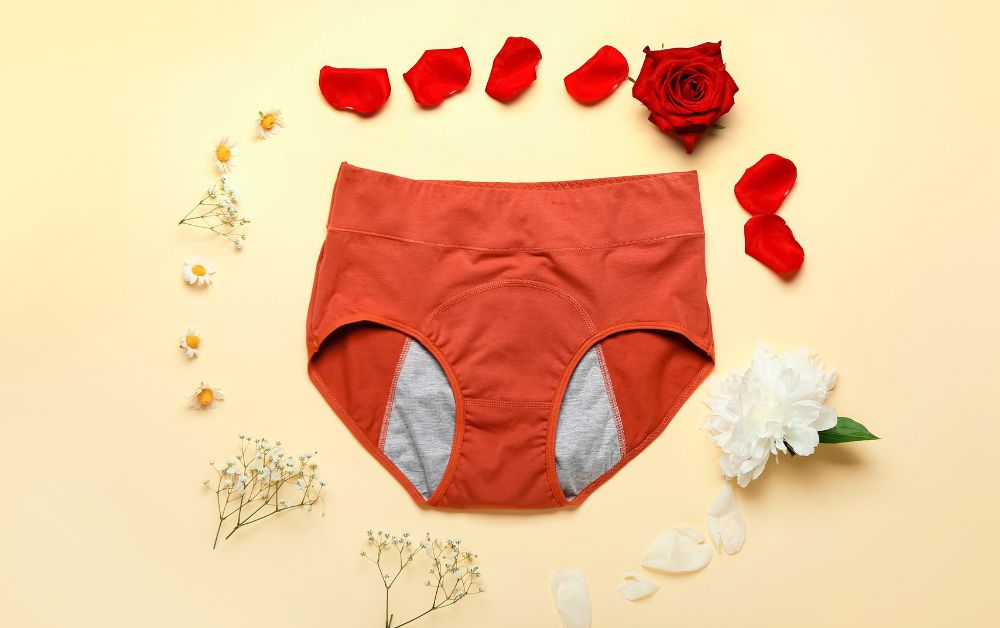
4. Reusable pads:
Reusable pads come in different materials such as bamboo, cotton, or hemp which all have different advantages depending on your needs.
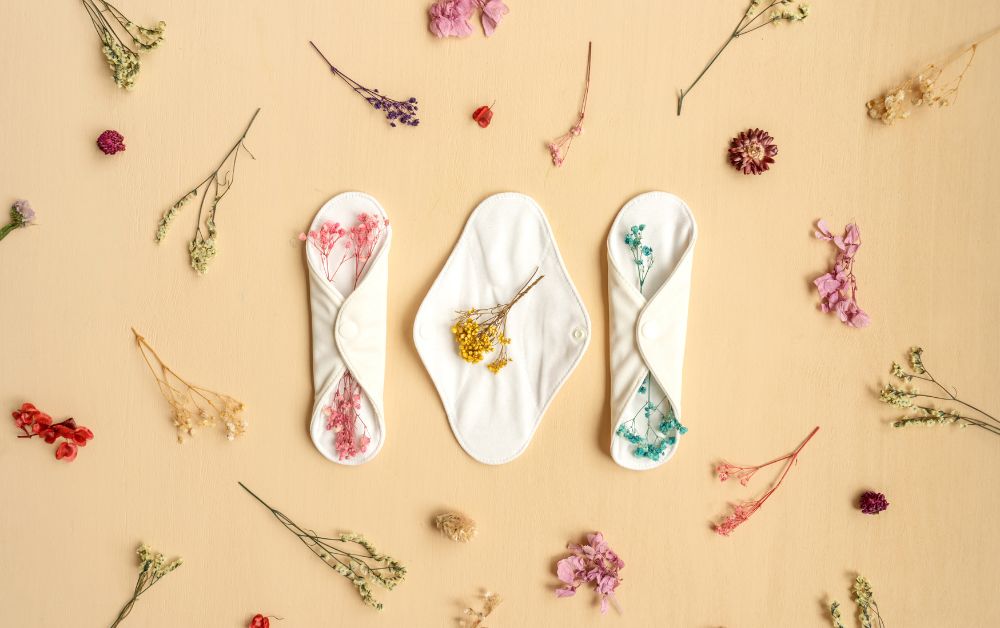
5. Organic tampons:
Organic tampons are made from natural cotton and come in a variety of shapes and sizes.
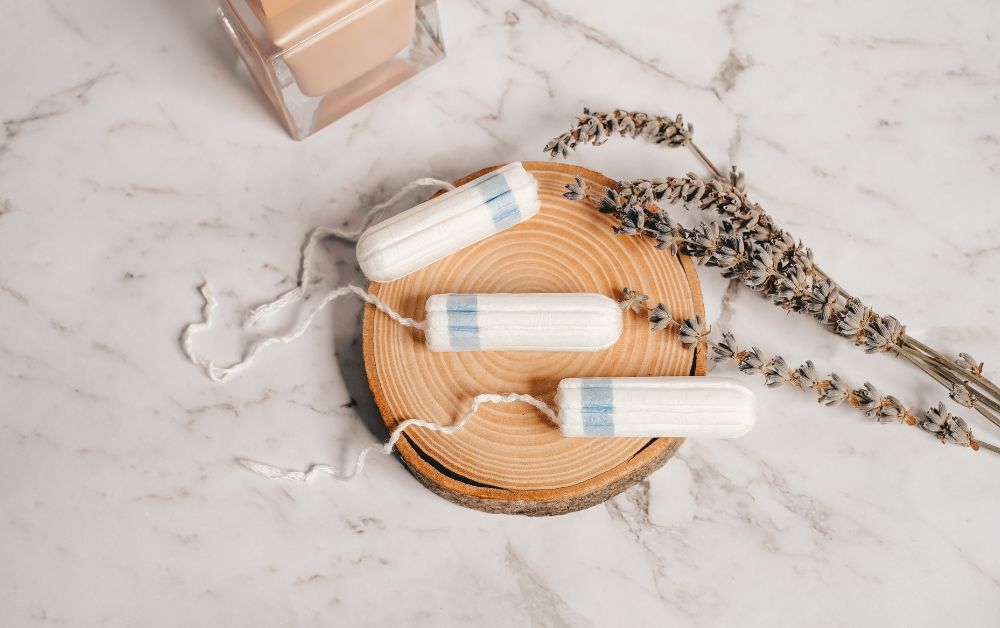
How to Choose the Best Sustainable Menstrual Products for You
Choosing the best menstrual product for you can be a difficult task. There are so many different types of products to choose from and they all have their own pros and cons. This menstrual product comparison chart will help you find the best option for you.
| Product | Menstrual cup | Menstrual disc | Period panties | Reusable pads | Sustainable tampons |
|---|---|---|---|---|---|
| Capacity | 10-30 ml | 70 ml | 5-20 ml | 5-15 ml | 20 ml |
| Hours of use | up to 12 hours | up to 12 hours | 6-8 hours | 4-6 hours | 4-6 hours |
| Learning curve | Yes | Yes | No | No | No |
| Can you feel it | No | No | Yes | Yes | No |
| Cost | $$ | $$$ | $$ | $ | $ |
Conclusion: The Best Sustainable Period Products for Your Sanitary Needs
The best sustainable period products will vary from person to person. Consider what fits your lifestyle and preferences to make the transition smoother. For example, if you use tampons now, a menstrual cup or disc could be a good option. But if you use pads, consider transitioning to a reusable pad or underwear.
Another factor to consider is the cost. A menstrual cup often will be the most economical option in the long term.
Finally, if you are still stuck in disposable products consider switching to a more eco-friendly option. For example, sustainable tampons or pads that are made of cotton and can be composted, or regular tampons without applicators to reduce your plastic waste.
You don’t have to go all the way. You can start with small adjustments before make a bigger change.

